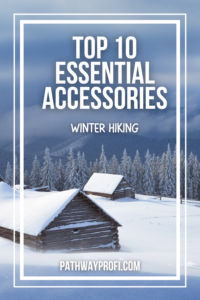Exploring the wilderness is thrilling, but it comes with risks. Whether you’re hiking, camping, or embarking on a long-term adventure, knowing essential survival skills can mean the difference between life and death. In this guide, we’ll cover the most critical survival techniques every adventurer should master before heading into the wild.
Table of Contents
1. Fire-Making: How to Start a Fire Anywhere
Fire is essential for warmth, cooking, purifying water, and signaling for help.
Fire-Starting Methods:
🔥 Use waterproof matches or a fire starter (ferrocerium rod).
🔥 Collect dry tinder (dry grass, wood shavings, or cotton balls with petroleum jelly).
🔥 Build a fire structure: teepee, log cabin, or lean-to.
🔥 If stranded, learn the bow drill method for friction fire-making.
Pro Tip: Always carry a small fire-starting kit in a waterproof container!

2. Finding and Purifying Water in the Wild
Without water, dehydration can set in within 24 hours. Learn how to find and purify water from natural sources.
How to Find Water:
💧 Look for streams, rivers, or lakes.
💧 Collect rainwater using tarps or leaves.
💧 Follow animal tracks—they often lead to water sources.
How to Purify Water:
✔️ Boil water for at least 5 minutes.
✔️ Use a portable water filter or purification tablets.
✔️ In emergencies, use the solar still method (dig a hole, place a plastic sheet over it, and collect evaporated water).
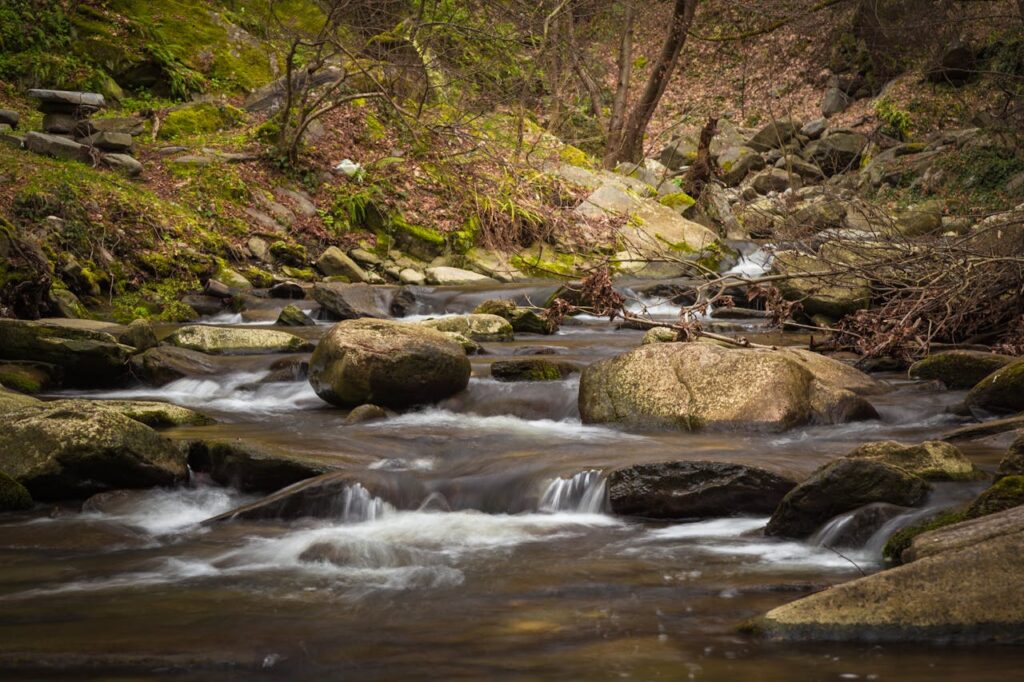
3. Shelter Building: Protection from the Elements
Exposure to harsh weather can lead to hypothermia or heatstroke. Learn how to build a shelter to stay safe.
Types of Survival Shelters:
🏕 Lean-To Shelter – Simple structure using a branch and tarp or leaves.
🏕 Debris Hut – Insulated shelter made of leaves and sticks, ideal for cold conditions.
🏕 Snow Cave – A lifesaving structure in extreme winter conditions.
Pro Tip: Build your shelter before sunset to avoid getting caught in the dark!
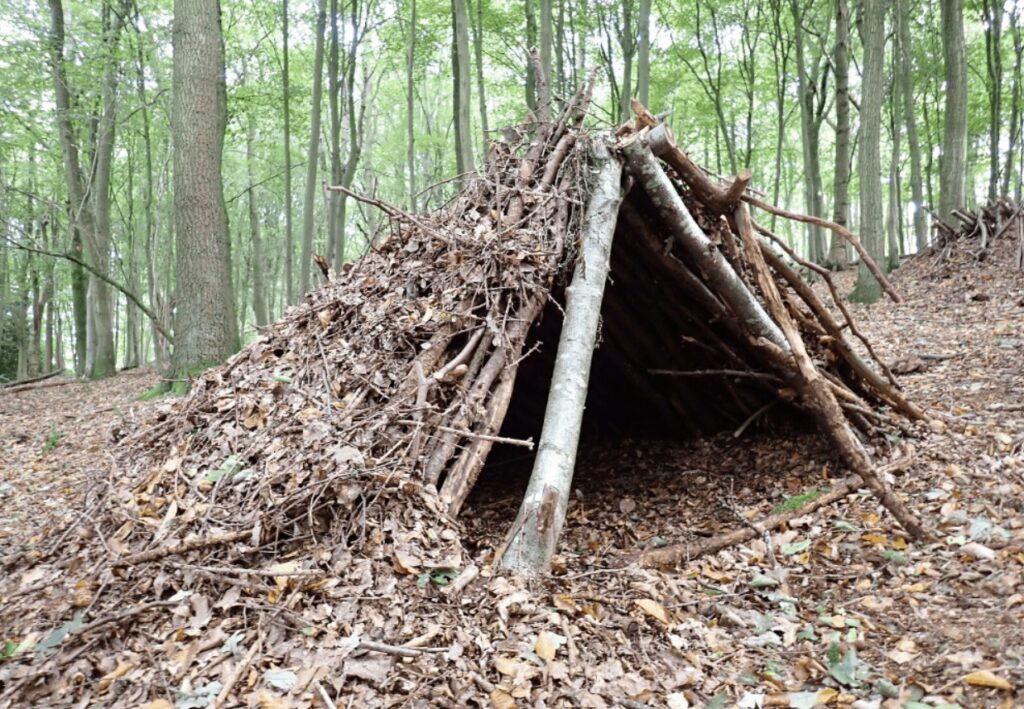
4. Navigating Without a GPS
Getting lost in the wild is dangerous. Learn how to navigate using natural methods.
Basic Navigation Techniques:
🧭 Use a map and compass—learn how to read topographic maps.
☀️ In the Northern Hemisphere, the sun rises in the east and sets in the west.
🌙 At night, locate the North Star to find north.
🌲 Moss tends to grow on the north side of trees in most regions.
Pro Tip: If you’re lost, follow a downhill slope to find water and civilization.
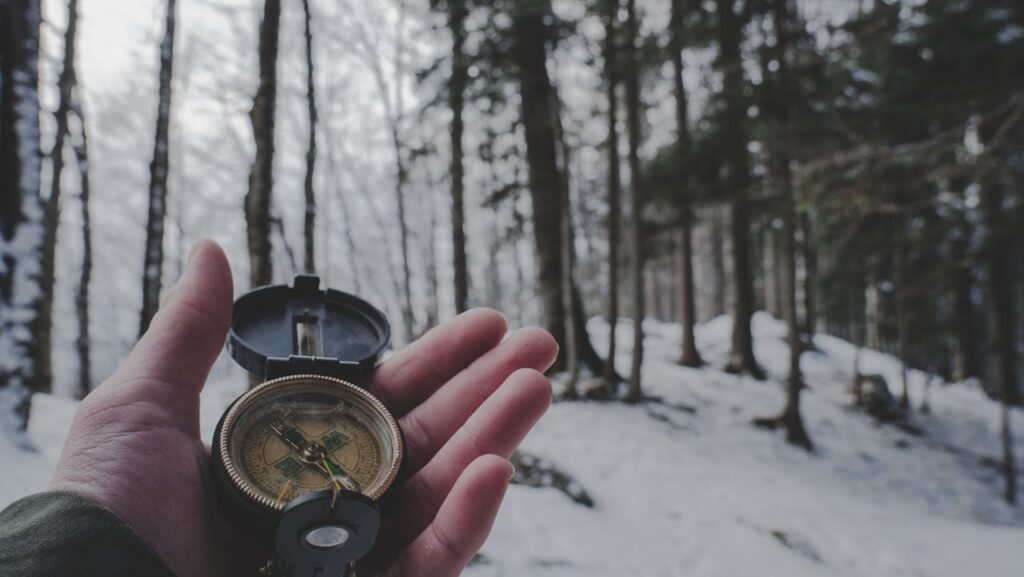
5. First Aid: Treating Injuries in the Wild
A well-stocked first-aid kit and basic medical knowledge can save your life.
Survival First-Aid Essentials:
🩹 Stop bleeding using pressure, clean cloth, or a tourniquet if necessary.
🐍 Snakebite treatment – Stay calm, keep the bitten limb still, and seek help immediately.
🔥 Burn treatment – Cool with water and cover with sterile gauze.
🦴 Fracture care – Immobilize with a splint and avoid movement.
Pro Tip: Take a wilderness first-aid course before long adventures!
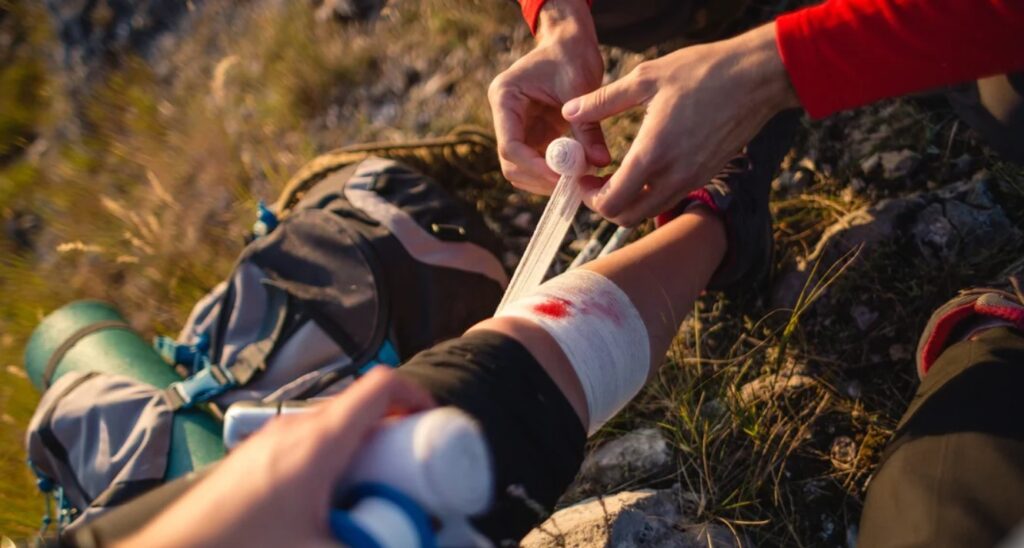
6. Food Foraging and Hunting
While survival situations require food, your body can last weeks without it. However, knowing how to forage or catch food can keep you strong.
Edible Plants and Insects:
🌿 Berries – Avoid white or unidentifiable berries.
🍄 Mushrooms – Only eat mushrooms you 100% recognize as safe.
🐜 Insects – Grasshoppers, ants, and crickets provide protein.
Hunting and Fishing Methods:
🎣 Use a makeshift fishing spear or trap.
🦆 Set up snares for small game.
🏹 If skilled, craft a bow or sharpened spear.
Pro Tip: Never eat a plant or animal unless you’re sure it’s safe!
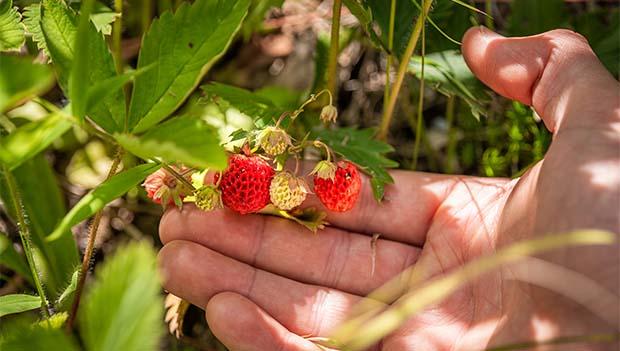
7. Signaling for Help
If you’re lost, knowing how to signal for rescue can save your life.
Best Emergency Signals:
🔦 Use a flashlight or mirror to reflect sunlight for visual signaling.
📢 Blow a whistle three times – the universal distress call.
🔥 Build three fires in a triangle to signal distress.
📡 Use bright clothing or rocks to spell “SOS” on the ground.
Pro Tip: A survival whistle and signal mirror are lightweight and lifesaving tools!
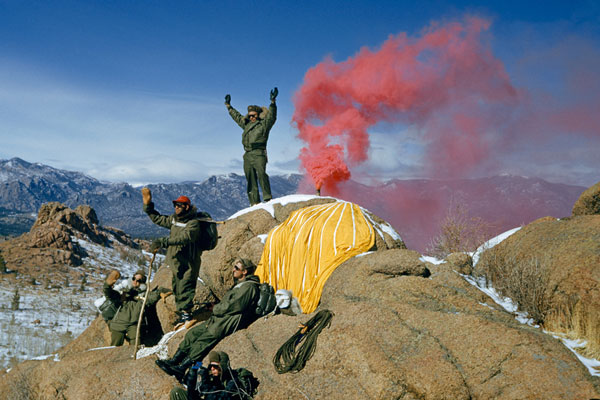
Final Thoughts: Stay Prepared, Stay Safe
Mastering essential survival skills can make all the difference in an emergency. Whether you’re deep in the wilderness or caught in an unexpected survival situation, these skills will keep you alive and increase your chances of rescue.
Quick Survival Checklist:
✅ Fire starter & waterproof matches
✅ Water purification system
✅ Map, compass, and GPS
✅ First-aid kit & basic medical knowledge
✅ Emergency shelter supplies
✅ Signaling tools (whistle, mirror, flashlight)




